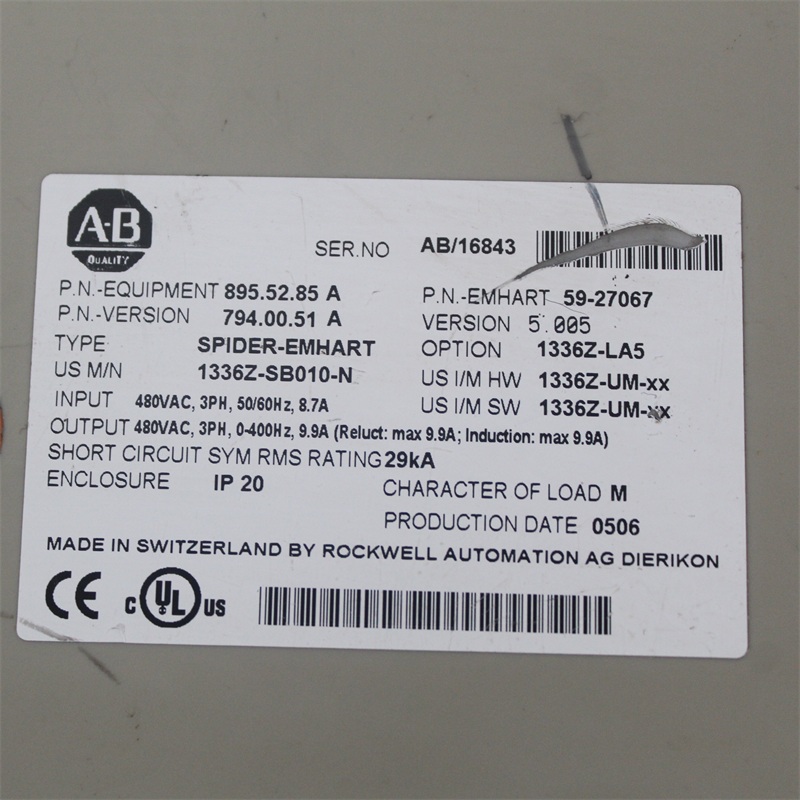In general, the 1336 SPIDER is suitable for direct connection to an AC line of the correct voltage. Certain conditions can exist, however,that prompt consideration of a line reactor or isolation transformer ahead of the drive.
The basic rules to aid in determining whether a line reactor or isolation transformer should be considered are as follows:
1. If the AC source experiences frequent power outages or significant voltage transients, users should calculate the source transformer VA. If the source transformer VA exceeds the VAmax (1MVA) and the drive is installed close to the source, it is an indication that there may be enough energy behind these voltage transients to cause nuisance input fuse blowing, overvoltage faults or drive power structure damage. In these cases, a line reactor or isolation transformer should be considered.

2. If the AC source does not have a neutral or one phase referenced to ground (see Unbalanced Distribution Systems), an isolation transformer with the neutral of the secondary grounded isrequired. If the line-to-ground voltages on any phase can exceed 125% of the nominal line-to-line voltage, an isolation transformer with the neutral of the secondary grounded, is highly recommended.
3. If the AC line supplying the drive has power factor correction capacitors that are switched in and out, an isolation transformer or 5% line reactor is recommended between the drive and capacitors. If the capacitors are permanently connected and not switched, the general rules above apply.